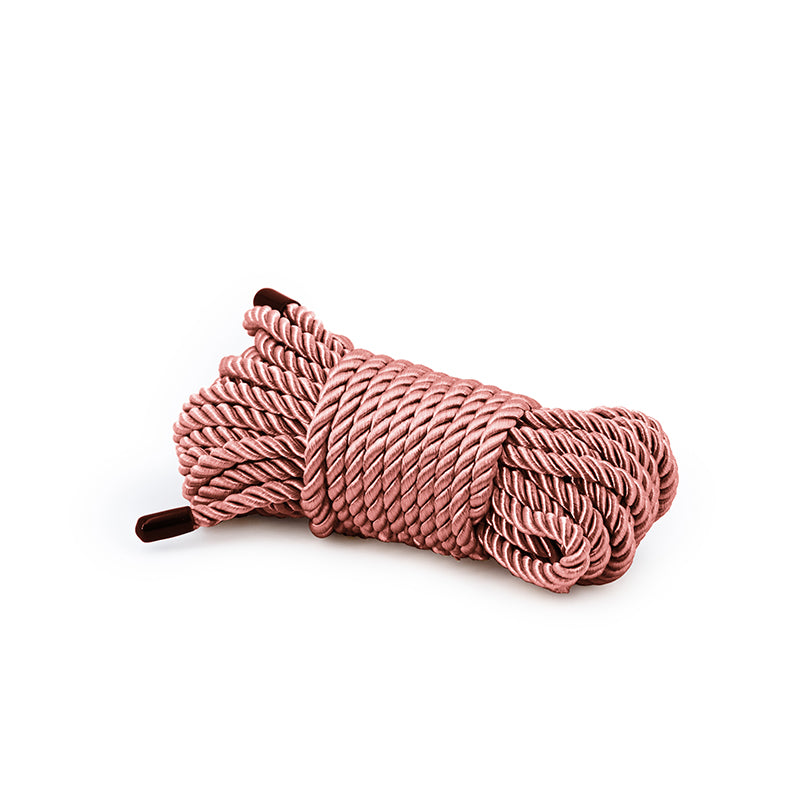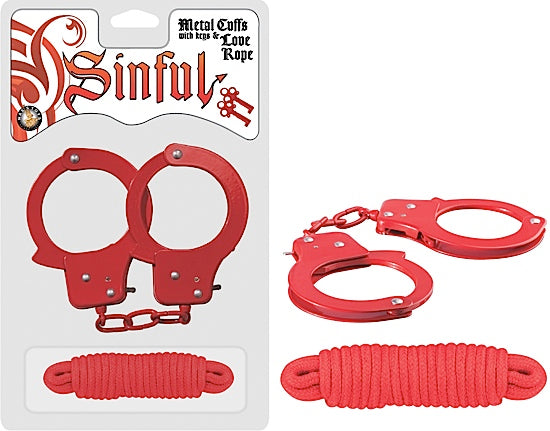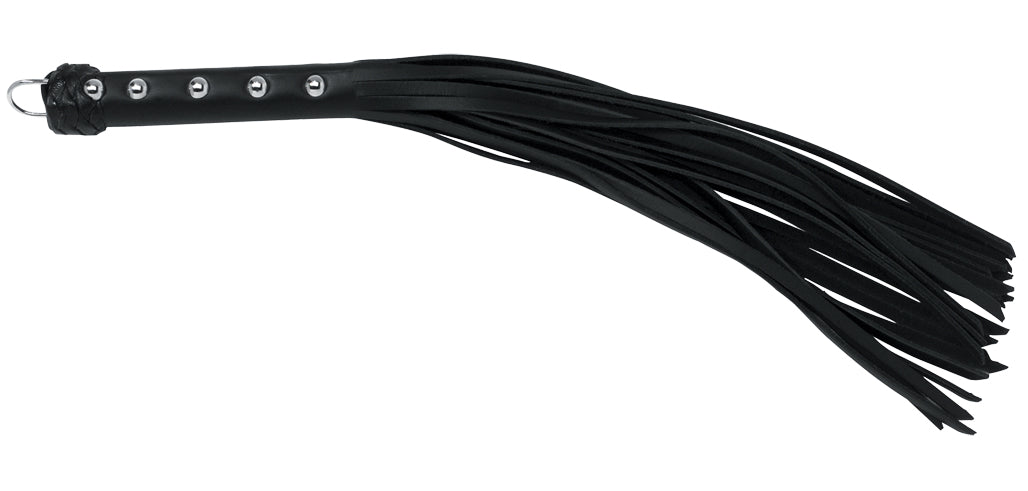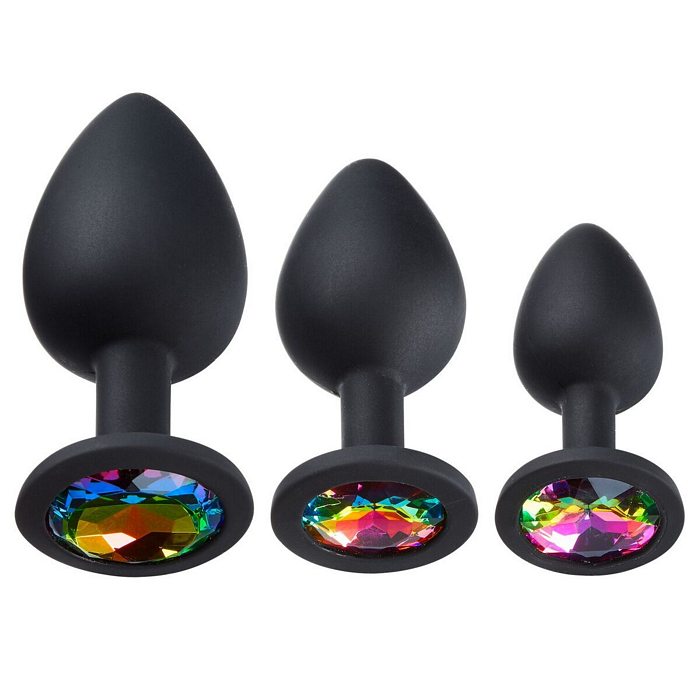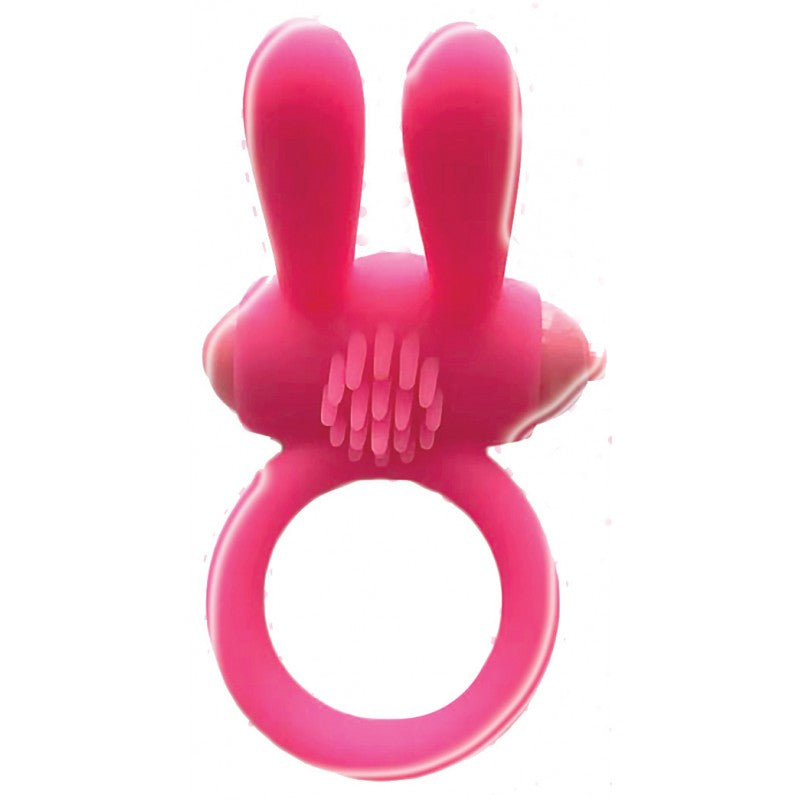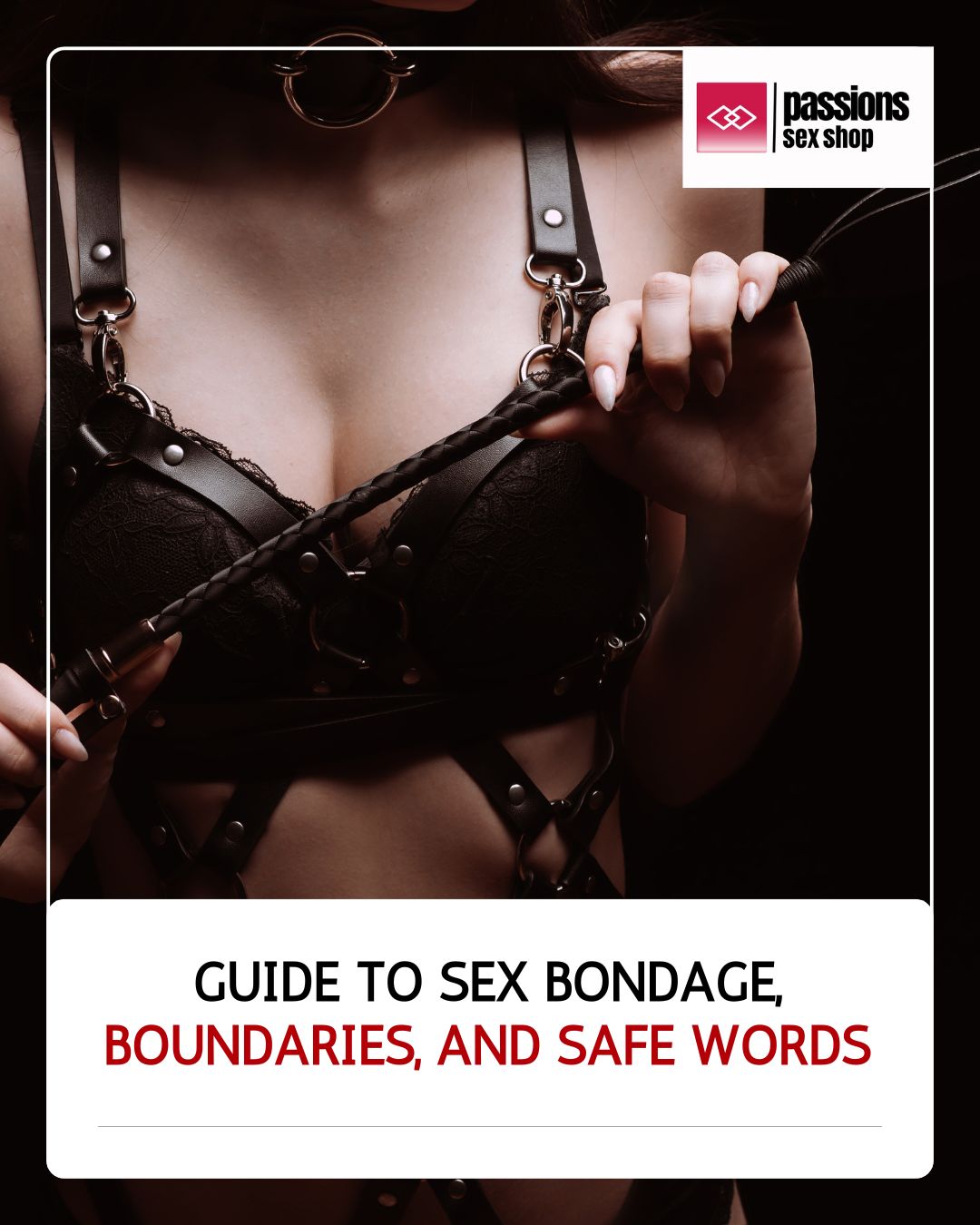Intrigued by the world of sex bondage? Exploring power dynamics and physical restraint can be incredibly exciting and arousing for many. However, venturing into this realm without a solid communication foundation, clear boundaries, and established safety protocols is like navigating a maze blindfolded. This guide is your flashlight, illuminating the essential steps for a safe and enjoyable exploration of sex bondage with your partner.
Why Boundaries are Your Bedrock:
Before you reach for rope or restraints, the most crucial step is open and honest communication about boundaries. This isn't a one-time conversation; it's an ongoing dialogue. Think of boundaries as the guardrails on your journey—they ensure you both stay within comfortable and consensual territory.
- Discuss Fantasies and Limits: What aspects of bondage are you both interested in exploring? Are there any hard limits – things that are off-limits, no exceptions? Be specific and encourage your partner to be equally forthcoming. This includes the types of restraints, the level of tightness, any desired pain play, and the scene's duration.
- Emotional Boundaries: Bondage can bring up intense emotions and feelings of vulnerability. Discuss how you both feel about power dynamics and control. Ensure you both feel safe expressing discomfort or the need to stop.
- Physical Boundaries: Talk about any physical limitations, injuries, or sensitivities you might have. Certain types of restraints or positions might be unsafe or uncomfortable.
- "Soft" vs. "Hard" Limits: It can be helpful to differentiate between "soft" limits (things you're hesitant about but potentially open to exploring in the future) and "hard" limits (non-negotiables).
The Power of Safe Words:
Safe words are your lifeline during a bondage scene. They are pre-agreed-upon words that clearly communicate your level of comfort and the need to pause or stop the activity immediately. Clarity and understanding are paramount here.
-
Choose Clear and Unambiguous Words: Opt for words that aren't commonly used in everyday conversation or during sex. "Red," "Yellow," and "Green" are popular choices, creating a traffic light system:
- Green: Everything is good; continue as you are.
- Yellow: Slow down. I'm feeling a little uncomfortable or need a moment. Check in with me.
- Red: Stop immediately and safely release me. This is a non-negotiable signal that something is wrong.
- Everyone Needs a Safe Word: Both the person applying the restraints (the "Dom" or top in this context) and the person being restrained (the "Sub" or bottom) need a safe word. Even the person in control needs a way to communicate if they feel overwhelmed or need a break.
- Respect the Safe Word Immediately: This is non-negotiable. When a safe word is uttered, the scene stops immediately, no questions asked. Discuss beforehand how you will safely end the scene if a safe word is used.
- Practice Using Safe Words: It might sound silly, but practicing saying your safe words clearly and having your partner acknowledge them can be helpful, especially in the heat of the moment.
Safety First, Always:
Beyond boundaries and safe words, physical safety is paramount in bondage play:
- Start Slow and Simple: Don't immediately jump into complex or restrictive setups. Begin with basic ties and gradually explore more intricate techniques as you become more comfortable and skilled.
- Learn Basic Knot Tying: Understand the mechanics of the knots you use to avoid accidental injury or restricted circulation. There are many resources online and in books dedicated to safe bondage techniques.
- Check Circulation: Regularly check that restraints aren't too tight. You should be able to slip a finger or two comfortably underneath most ties. Look for signs of restricted circulation like numbness, tingling, or discoloration.
- Have Safety Shears Ready: Keep a pair of safety shears or blunt-tipped scissors readily accessible in case of emergency. You need to be able to quickly and safely cut through restraints if needed.
- Communicate Throughout: Regularly check in with your partner, even without using safe words. Ask how they're feeling and if anything is uncomfortable, and observe their body language.
- Never Leave Someone Restrained Alone: This is a fundamental safety rule. Accidents can happen, and someone needs to be present to respond if necessary.
- Be Sober: Avoid engaging in bondage play while under the influence of alcohol or drugs, as this can impair judgment and communication.
Bondage as a Journey of Trust:
Ultimately, exploring sex bondage with your partner is a journey built on trust, communication, and mutual respect. By establishing clear boundaries, implementing a reliable safe-word system, and prioritizing physical safety, you can create a framework for exciting and consensual exploration. Remember that this is a continuous conversation, and adjusting your boundaries and preferences is okay as you learn and grow together. Enjoy the discovery process, and always prioritize the well-being and pleasure of both partners.





















